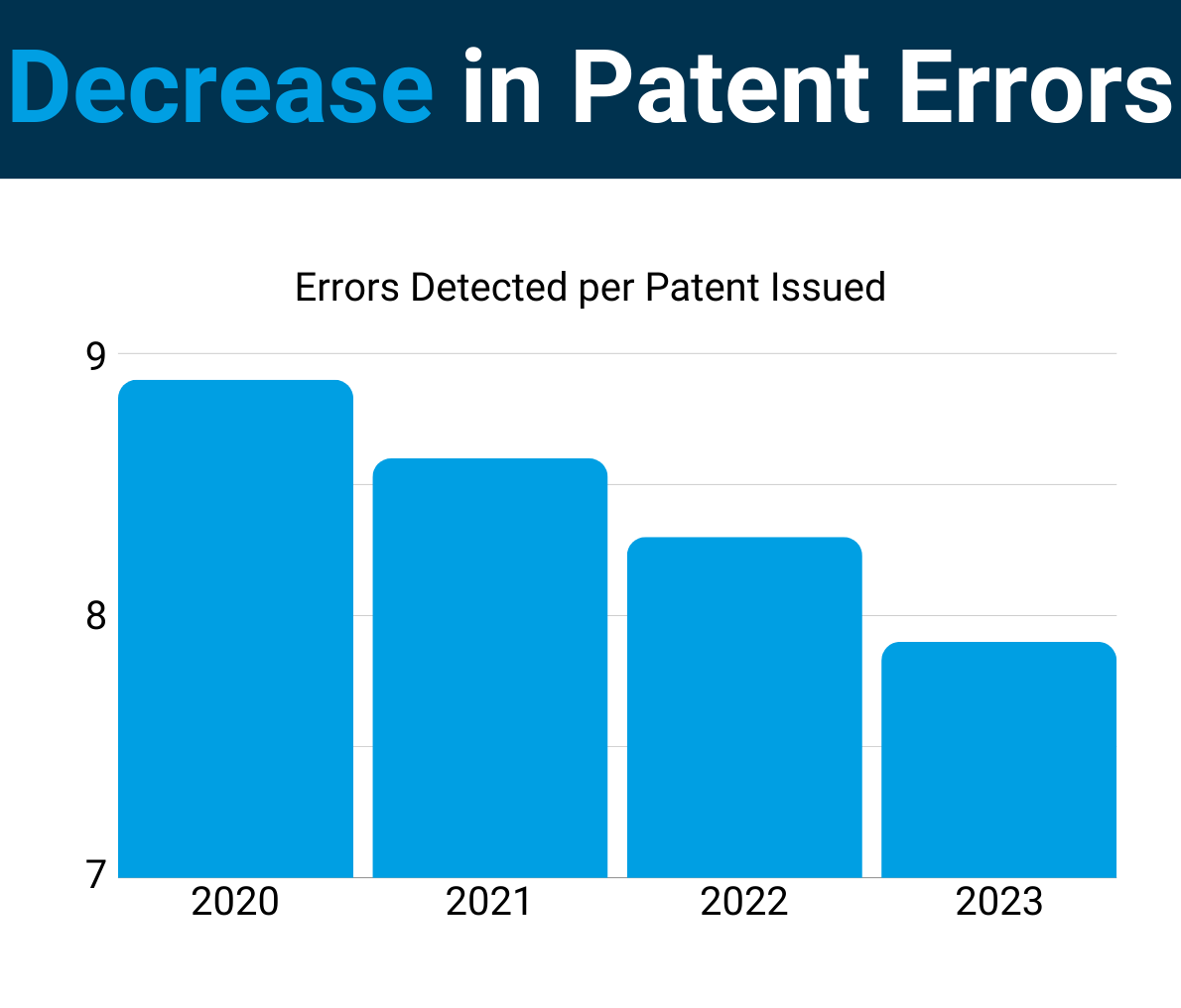American Axle’s Claims Found Eligible on Remand | McDonnell Boehnen Hulbert & Berghoff LLP
The storied case of American Axle v. Neapco Holdings has entered a new chapter — not the final chapter but the plot has thickened considerably. As a recap, Judge Stark, then of the District Court for the District of Delaware, found all asserted claims of U.S. Patent No. 7,774,911 invalid under 35 U.S.C. § 101 as being directed to a law of nature implemented by well-understood, routine, and conventional means.
The main thrust of this opinion and those that follow was focused on claims 1 and 22, which read:
1. A method for manufacturing a shaft assembly of a driveline system, the driveline system further including a first driveline component and a second driveline component, the shaft assembly being adapted to transmit torque between the first driveline component and the second driveline component, the method comprising:
providing a hollow shaft member;
tuning at least one liner to attenuate at least two types of vibration transmitted through the shaft member; and
positioning the at least one liner within the shaft member such that the at least one liner is configured to damp shell mode vibrations in the shaft member by an amount that is greater than or equal to about 2%, and the at least one liner is also configured to damp bending mode vibrations in the shaft member, the at least one liner being tuned to within about ±20% of a bending mode natural frequency of the shaft assembly as installed in the driveline system.
22. A method for manufacturing a shaft assembly of a driveline system, the driveline system further including a first driveline component and a second driveline component, the shaft assembly being adapted to transmit torque between the first driveline component and the second driveline component, the method comprising:
providing a hollow shaft member;
tuning a mass and a stiffness of at least one liner, and
inserting the at least one liner into the shaft member;
wherein the at least one liner is a tuned resistive absorber for attenuating shell mode vibrations and
wherein the at least one liner is a tuned reactive absorber for attenuating bending mode vibrations.
A Federal Circuit majority affirmed Judge Stark, adding their reservation that the specification of the ‘911 patent does not disclose how to achieve the claimed goals as further grounds of ineligibility. Judge Moore penned a vociferous dissent questioning the majority’s reading of the record and application of the Alice Corp. v. CLS Bank Int’l two-part eligibility test.
Less than a year later, in response to a petition for en banc rehearing, the majority withdrew its original opinion and handed down a revised opinion finding claim 22 still ineligible but vacating and remanding the District Court’s decision about claim 1. The majority also took the opportunity to express its disagreement with Judge Moore’s view of the facts and relevant law.
American Axle filed a petition for Writ of Certiorari with the Supreme Court. After a long wait, the Court denied the petition. Thus, the majority’s reasoning is still good law. More correctly, it is still binding precedent — whether the decision was good is still hotly debated. Indeed, the reasoning of American Axle was instrumental in an abomination of an ITC decision finding a diamond-encrusted drill bit to be an abstract idea.
Today, we have a decision on remand to the District Court. Judge Williams has taken on the case, given Judge Stark’s promotion to the Federal Circuit. The issues under dispute were cross-motions related to the eligibility of claim 1 and its dependent claims under § 101, as well as validity under § 102 and non-infringement. Here, we focus just on the § 101 dust-up.
As an initial matter, the parties disagreed as to whether the Federal Circuit’s invalidation of claim 22 could be imputed to claim 1. Judge Williams quickly put this matter to rest, finding that:
[T]he Federal Circuit expressly stated that “Claim 1 is different than claim 22,” and “that the ‘characteristics’ that can be ‘tuned’ in claim 1 include variables other than mass and stiffness,” which were the variables the Federal Circuit relied on in finding that claim 22 was directed to a natural law, i.e., Hooke’s law.
Another preliminary motion went in the other direction, with Judge Williams ruling that the issue of whether claim 1 is directed to an abstract idea (as opposed to a natural law) was not waived by Neapco’s lack of contentions on that point until now. Notably, “the Federal Circuit explicitly remanded the case for the district court to address this alternative eligibility theory, i.e., the abstract idea theory, in the first instance.”
Addressing the substance of claim 1 under Alice, Judge Williams started with the premise that “[t]he Alice step one inquiry considers what the patent asserts to be the focus of the claimed advance over the prior art.” He wasted no time concluding that the claimed invention was “directed to a method of designing and manufacturing a tangible propshaft with reduced vibration that includes tuning and positioning a liner within a propshaft to attenuate bending and shell mode vibration.” According to the judge, this is “[f]ar from an abstract idea,” as the claims involve a tangible system and had “an observable real-world impact.”
In this regard, Neapco’s position that the claims merely recite a “desired result of attenuating certain vibration modes and frequencies” based on abstract concepts of tuning and positioning failed to consider the claims as a whole. Judge Williams went back to Diamond v. Diehr’s prohibition on dissecting claims in the § 101 calculus to support this point.
For further support, Judge Williams appears to agree with Judge Moore in principle that the specification describes “a meaningful improvement to the design and manufacturing of propshafts.” He also notes that “the specification provides the design parameters a person of ordinary skill in the art should use to tune a liner to reduce propshaft vibration . . . [o]ther embodiments illustrate how tuned liners may be physically structured in several distinct ways.” Moreover, the dependent claims explicitly recite how to achieve the specific damping of two modes of vibration.
Neapco’s attempt to bifurcate the claims under part one of Alice in order to ignore the “conventional” tangible aspects was, in the opinion of the judge, blurring the line between part one and part two of the test. Moreover, he was skeptical of Neapco’s contentions as improperly incorporating arguments against novelty rather than eligibility.
Accordingly, the District Court found claim 1 and its dependents to not be non-abstract and eligible under part one of Alice. This obviated the need for a part two analysis.
While this opinion is a breath of fresh air in the patent eligibility swamp (if for no other reason than it simply making sense), the story is still not over. It is almost inevitable that Neapco will appeal again to the Federal Circuit. And, it is likely that the appellate proceeding will go against American Axle.
Judge Williams relies heavily on the principles of Diehr, which were modified if not overruled by Alice. There are numerous precedential Federal Circuit opinions that can be used to counter his findings on the combining of parts one and two of Alice (the Federal Circuit routinely bends it’s understand of Alice to fit its desired outcome), as well as his comments on whether novelty can be considered under part one (it can and has been in many cases including some that Judge Williams quotes for other purposes). Additionally, if Judge Stark ends up on the panel that hears the appeal, it is unlikely that he will be willing to contradict what he initially concluded about the eligibility of claim 1 over five years ago.
Memorandum Order by District Judge Gregory B. Williams






